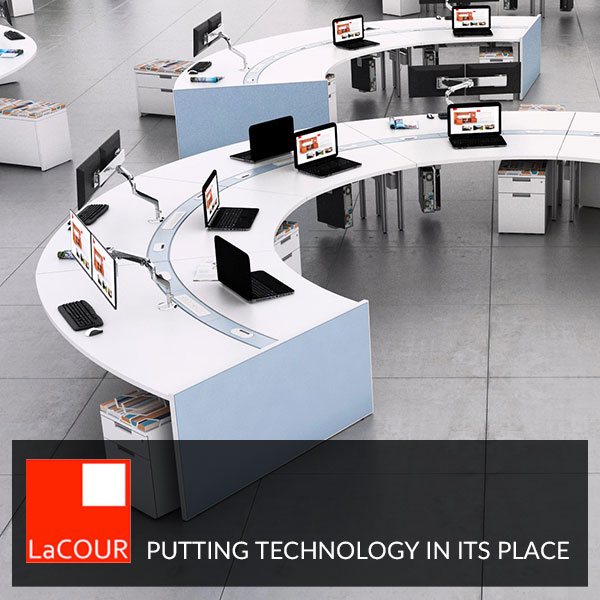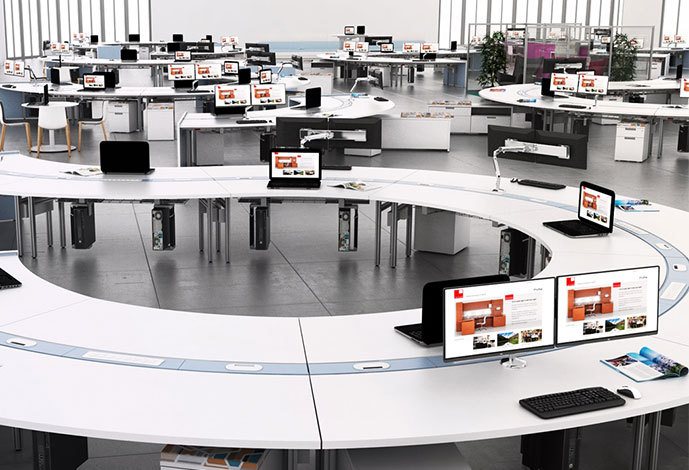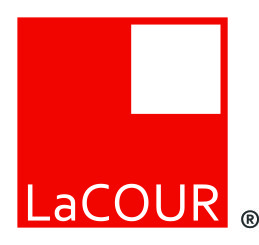
It’s Time for the Twist: Why Open Workspaces Don’t Have To Be Linear

Thinking outside of the box
It is not only a common trend to find open concept housing nowadays, but we also see this in the office environment as well. While these spacious areas deliver an aesthetic allure, it may not come as a surprise that this trend spurs from some of the top-notch brands in the world, as it is now common practice and believed that these spaces encourage and promote a culture of continuous innovation, team-building, cutting edge communication, learning and adaptability. Gone are those days when businesses used to create and assign separate offices for everyone to contribute independently.
Changing Dynamics and Evolving Office Landscape!
Now, businesses create a culture that thrive on open workspaces, to which they believe have started to produce significant outcomes. With changing dynamics and ever-evolving aspects of the office landscape, open workspaces don’t have to be linear either, the layouts are only limited by the constraints of the furniture they employ. Consider the possibilities with a curved workspace? The variety is endless, imagine a C or an S curve of any size and scope to fits the space or specific needs of the office. You can literally create an area that is as unique as the ideas coming out of your creative department!
By thinking outside of the box (or the square office cubicle), you can now utilize new layouts or designs to create more productive and efficient spaces, that improve communication, workflow & collaboration among team members. Key players and stakeholders are now more easily accessible.
About Open-Office Design Model
As mentioned, regardless of the indoor setting, open workspaces help build stronger communication and relationships between co-workers. They remove communication barriers and in turn help foster growth and success. Also, it is a cost-effective model that ensures flexible daily operations and improves office aesthetics while providing motivation, incentive and yielding more productive outcomes from the staff. No matter the design, whether it be linear, U-shaped, C-shaped, S-shaped, Bell-shaped or any other, the flexibility of design allows any employer to structure a layout that suites their unique needs.
Takeaway
In light of established facts, the reason why layouts no longer have to be linear is that these designs don’t necessarily define success or productive outcomes. In short, architects and office managers can draw outside conventional office lines to increase the utility of the office workspace.
